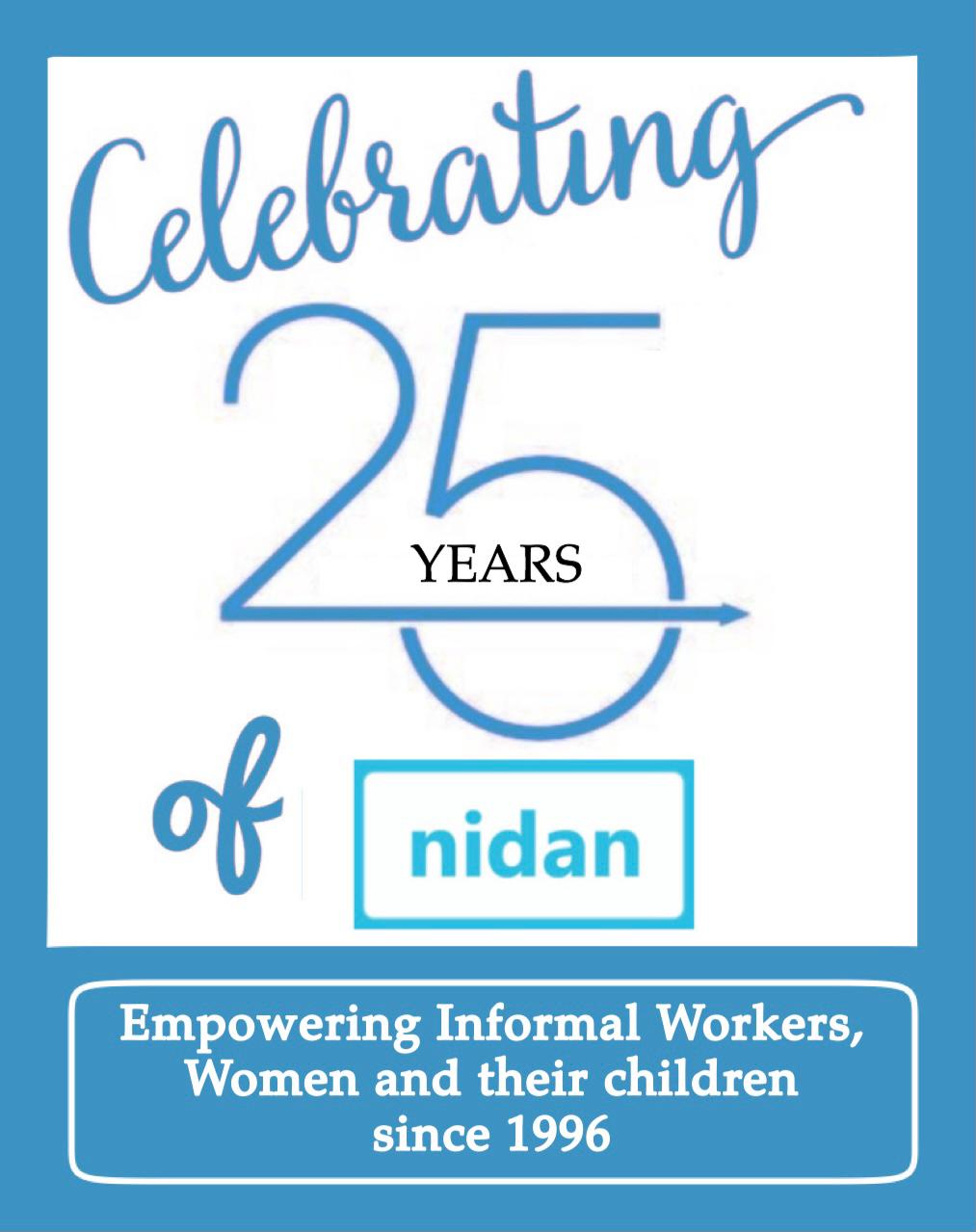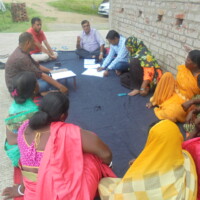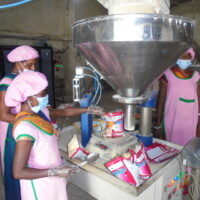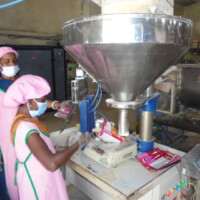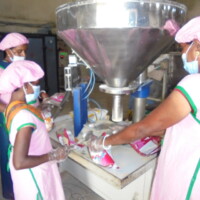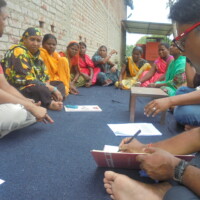Women-Led Take Home Ration Production in Gaya: A Pathway to Viksit Bharat
A Quiet Transformation in Rural Bihar
In Bihar’s Gaya district, a quiet yet powerful transformation is taking place. What began as a government initiative to improve the health and nutrition of mothers and young children has also become a story of community empowerment and women-led enterprise.
At the heart of this change is the Gaya Fortified Take-Home Ration (THR) production plant, set up in 2014 in Sahaydeo Khap village, Bodhgaya Block. Backed by the Government of India’s commitment to maternal and child health through the Integrated Child Development Services (ICDS) scheme, the plant has grown into a stable, community-run enterprise over the past decade. It stands as a model of how government policy—when rooted in local ownership and supported by strong community institutions—can lead to healthier generations and sustainable livelihoods.
Plant layout: Optimised for productivity
The plant is owned and managed by Roushan Jeevika Mahila Gram Sangathan, a federation of 18 Self-Help Groups (SHGs) comprising 235 women members. Located on 5,000 square feet of rented land, the facility is equipped with 12 machines that support various stages of production. It includes dedicated zones for storing raw materials, packaging, and finished goods—ensuring smooth and organized operations.
Beyond its technical setup, the plant prioritizes the well-being of its workers by offering essential amenities such as clean toilets, a refreshment area, a reliable water supply, and power backup. Together, these features create a safe, efficient, and dignified work environment for the women who drive its success.
Wheatamix: An indigenous Solution to Combat Malnutrition
The THR produced at the Gaya plant is known as Wheatamix—a fortified blend of wheat, rice, pulses, sugar, and a vitamin-mineral premix. This nutrient-rich formulation is specifically designed to address the dietary needs of pregnant and lactating women, as well as children under six years of age.
In Bihar, where 43% of children under five are stunted and 60% of women are anemic, Wheatamix serves as a critical intervention to improve maternal and child health. By delivering essential nutrients through a culturally acceptable food product, it plays a vital role in tackling undernutrition and strengthening community well-being.
Resilient Growth with Nutritional and Economic Impact
Beyond Nutrition: A catalyst for Economic & Social Impact
Initially serving only the Bodhgaya block, the plant expanded its operations to Dobhi block in 2021–22. Despite the disruptions caused by the COVID-19 pandemic, it demonstrated strong financial resilience—with turnover rising from ₹73 lakh in FY 2020–21 to ₹1.92 crore in FY 2022–23. Since its inception, the plant has generated an estimated ₹35 lakh in profit, consistently fulfilling monthly orders of over 35 metric tons and supplying 385 Anganwadi Centres. These achievements highlight the plant as a model grassroots enterprise delivering both nutritional and economic outcomes.
Currently, the facility produces approximately 2.5 metric tons of fortified food per day. It holds a valid FSSAI certification (since 2018) and adheres to stringent hygiene protocols, including daily sanitation, product testing, and regular staff training on food safety and Good Manufacturing Practices (GMP).
In its early days, community outreach efforts—such as preparing Wheatamix as a halwa—played a key role in promoting acceptance, building trust, and encouraging regular consumption. Even during the nationwide lockdowns, the plant ensured uninterrupted deliveries, thereby safeguarding both nutrition security and the livelihoods of women workers.
Empowering Women Beyond Production
A hub for women’s empowerment
The plant is more than just a site of food production—it is a powerful space of women’s empowerment and social transformation. Approximately 40 women from Self-Help Groups (SHGs) are employed on a rotational basis, with male family members contributing in non-technical support roles. Women take the lead in managing technical operations, participating in decision-making, maintaining records, and ensuring regulatory compliance.
Wages are transferred directly into their bank accounts, promoting financial independence and literacy. This inclusive employment model has not only strengthened household incomes but also challenged traditional gender roles—fostering new levels of confidence, visibility, and leadership among the women involved.
A Replicable Model for Community-Led Transformation
The Gaya THR plant stands as a compelling example of how women-led community enterprises can drive sustainable and inclusive development. Seamlessly integrating nutrition delivery, livelihood generation, and gender empowerment, the plant has created a lasting social impact at the grassroots level.
Backed by strong partnerships—with organizations such as GAIN, Nidan, and BRLPS/JEEViKA—and supported by a reliable supply chain, the model is scalable and replicable across other regions in India. By equipping women with skills, stable income, and a platform for leadership, the plant is helping to build healthier families and more resilient local economies—proving that when women lead, communities thrive.
The story of this plant goes beyond local success—it represents a proven, scalable model that addresses multiple development goals simultaneously, including health, nutrition, livelihoods, and women’s empowerment. Increased investment in such women-led Take-Home Ration (THR) units can serve as a high-return strategy for both governments and development partners. We encourage the government to consider scaling and replicating such models across the country, as they hold significant potential to improve public health outcomes and support the broader vision of Viksit Bharat (Developed India).
